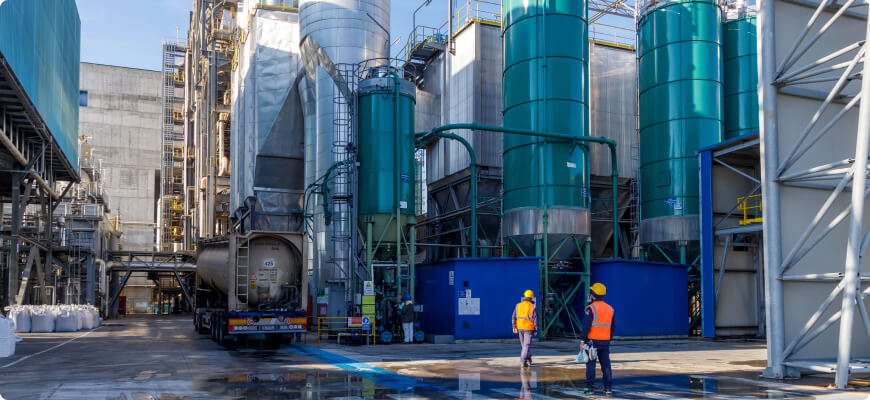
Acea for World Energy Saving Day
Waste to energy is a process by which electrical and thermal energy is generated from the controlled combustion of non-recyclable municipal and industrial solid waste. Waste to energy plants help on the one hand to reduce the volume of waste and on the other to produce and recover energy in the form of heat. Acea Group is now the reference operator in central Italy in the waste to energy sector.
Waste-to-energy is the process by which electricity is generated from the combustion of waste. How does this process take place? Here is a summary of the main steps.
This process aims to be more and more environmentally efficient, so to reduce the impact of the activity.
During the combustion process, for example, the fumes produced are treated several times to minimise pollutant emissions. The share of green energy produced in Acea's two plants can vary between 40% and 50%.

The waste to energy process is constantly verified and monitored to ensure its efficiency and sustainability, including following legal updates and guidelines dictated by the European Union. During the process that generates energy from waste combustion, the fumes produced are treated to minimise emissions.
Waste to energy plants also make it possible to significantly reduce the volume of waste sent to landfills.
In 2023, waste to energy at the plants Acea Ambiente produced a 77% reduction in waste that would otherwise have gone to landfill with 376,391 t entering and 85,219 t leaving.
Efficient management of a waste to energy plant requires very careful organisation and continuous operation over time. It is essential to plan the amount and type of waste delivered to the plant, which will necessarily have to operate 24/7 to avoid disruptions in combustion. This aspect is essential to maximise plant efficiency and avoid wasted energy and resources.
The efficiency of the waste to energy process depends largely on the active cooperation of citizens in separate waste collection. Proper waste separation enables facilities to be more efficient and minimize waste.
Discover the latest news and initiatives of the Acea Group

Acea for World Energy Saving Day

Visit the virtual museum about the history of the Acea Group

The channel for the commercial requests on land urbanisation

Acea turns the spotlight on the Rome Film Festival 2023

Acea is in the "Gold class" in the .trust research

Read more about our culture of inclusiveness